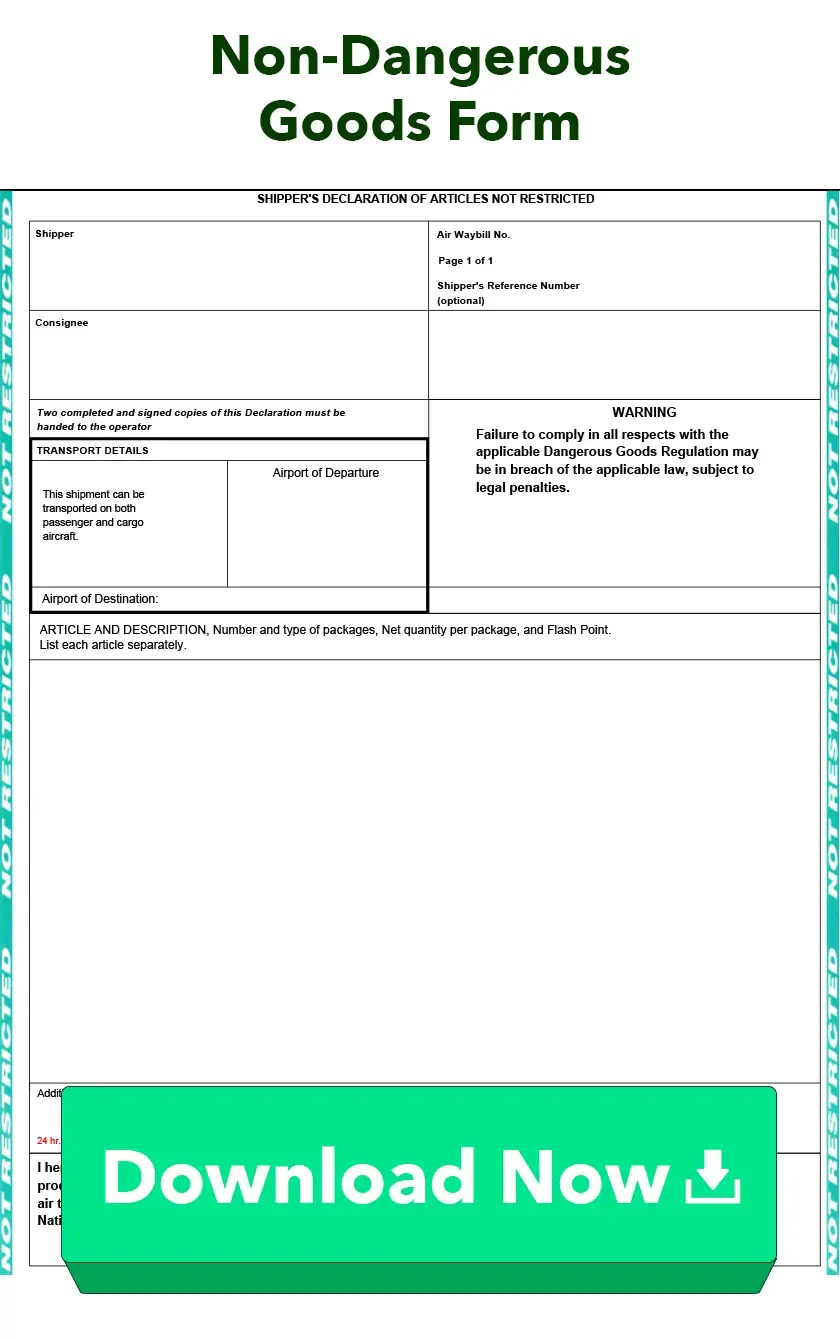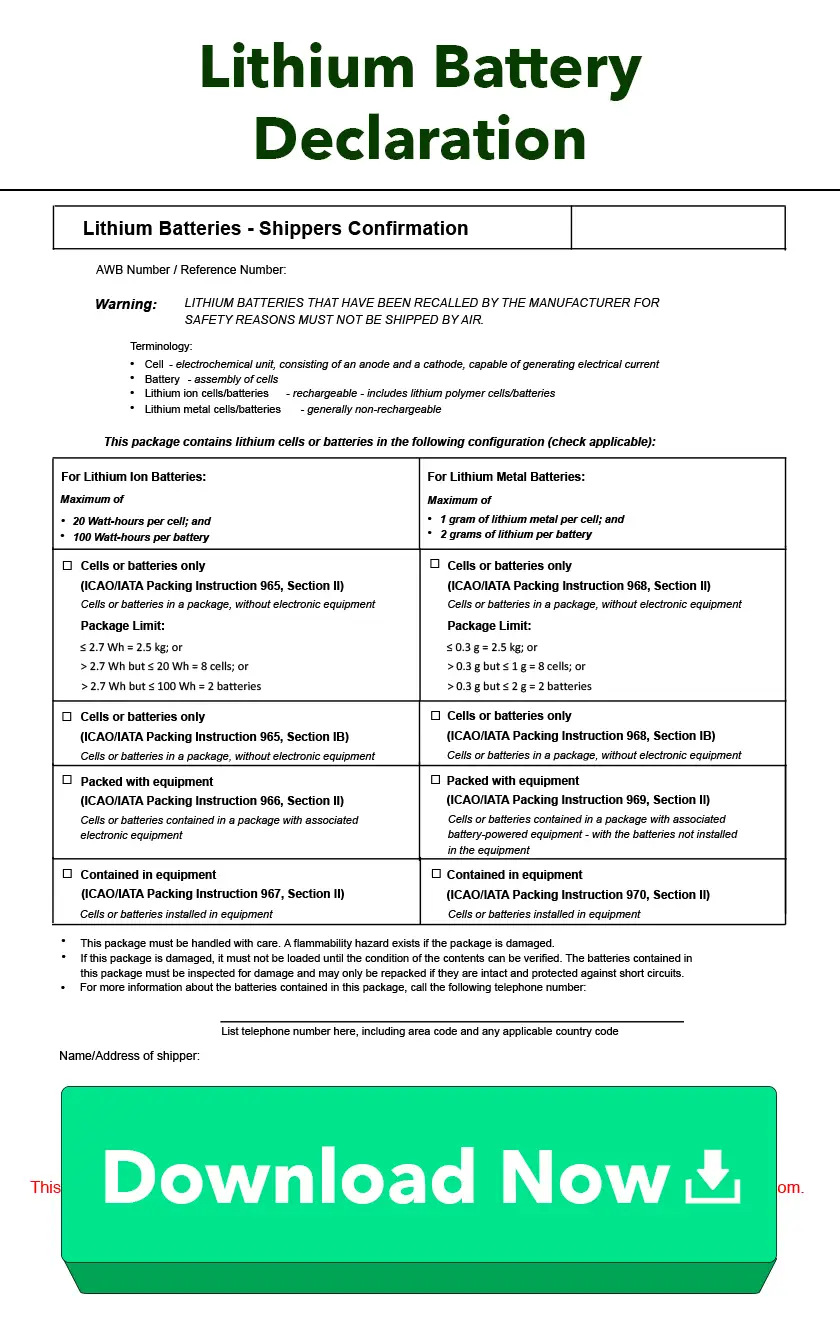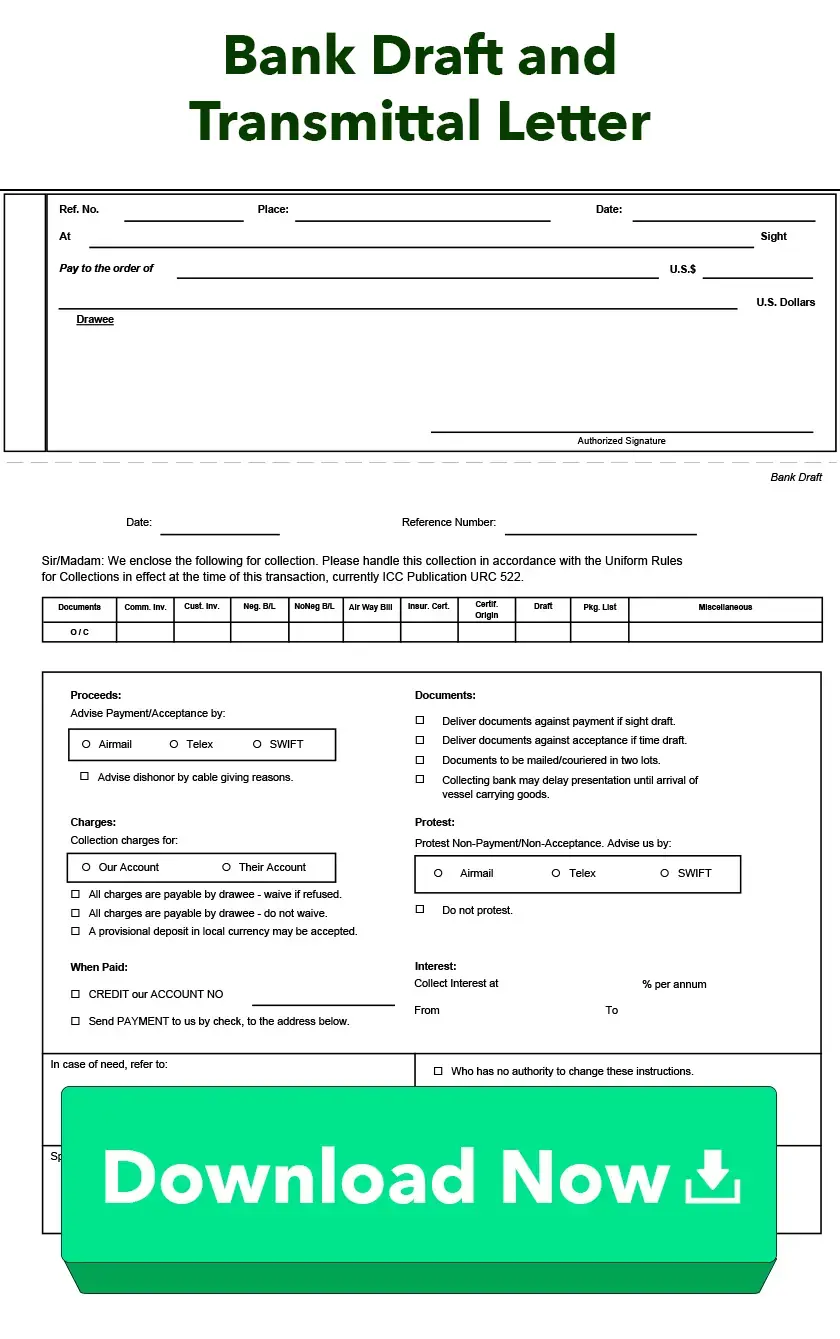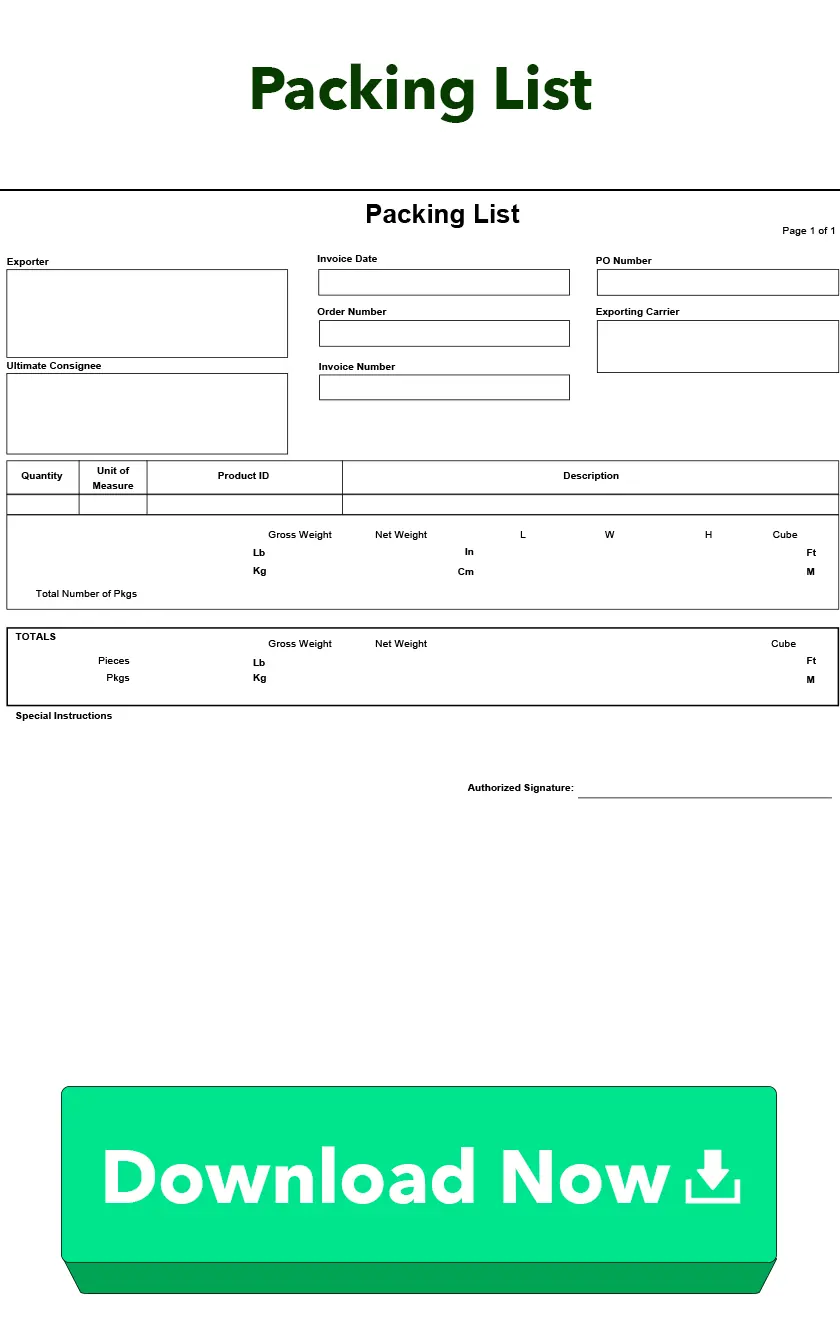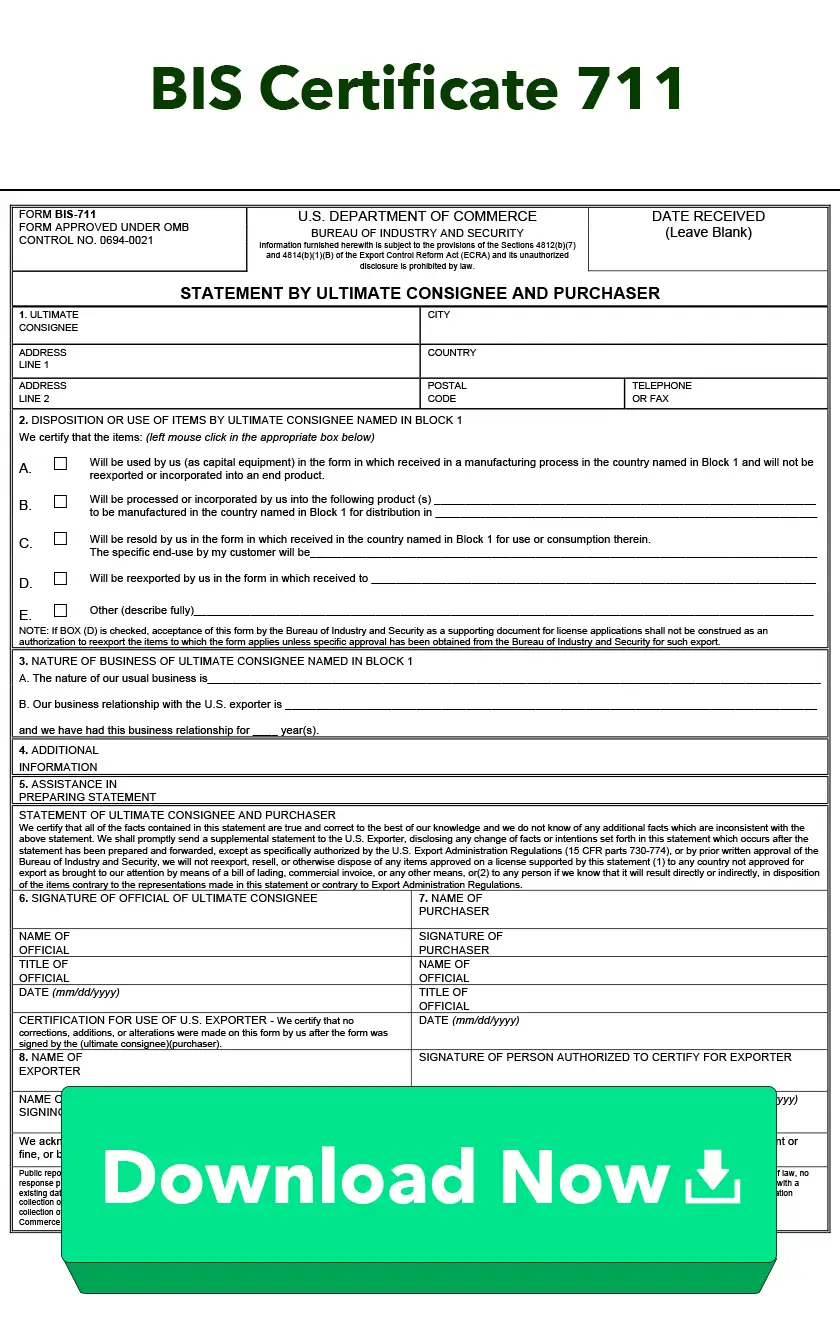Free Download:
Inland Bill of Lading
Download and print this PDF of the Inland Bill of Lading form.
What is an Inland Bill of Lading?
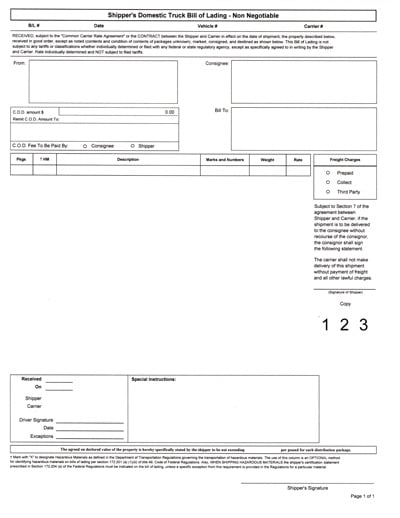
An inland bill of lading is often the first transportation document issued for an international shipment. It may be prepared by the inland carrier or the shipper and then signed when the carrier takes possession or picks up the cargo.
The inland bill of lading is evidence of a contract between the owner of the goods and the carrier stating what goods are shipping, where they are going and where they started. It also serves as a receipt issued by the carrier once your shipment is picked up.
The inland bill of lading is not typically consigned to the foreign buyer of the goods. It is more typically consigned to the freight forwarder, warehouse, packaging company, another third party in the process or the international carrier. If it is not immediately consigned to the international carrier, the forwarder or other third party will need to consign it to the carrier once they are identified.
As an exporter, correctly filling out a bill of lading is important if you want to get paid on time. Why? Because it determines the shipment date, and payment date is often associated with shipment date. Financing, too, is often associated with shipment date, as banks often refer to pre-shipment financing or post-shipment financing. Plus, more than 10,000 shipping containers are lost annually. Without a correctly completed bill of lading, that could mean a major headache trying to get compensated for your loss.
Create Accurate Export Forms
Reduce the time it takes to complete the Inland Bill of Lading by up to 80%. Shipping Solutions export documentation software makes it easy to create more than two dozen standard export forms. Register now for a free demo. There's absolutely no obligation.
Inland Bill of Lading FAQs
-
What is a bill of lading and what is its purpose?
A bill of lading is a legal document issued by a carrier to acknowledge the receipt of goods for shipment. Its purpose is to serve as a contract of carriage, a receipt of the goods and a document of title. It outlines the terms and conditions of the shipment and serves as evidence of the agreement between the shipper and the carrier.
-
What is an inland bill of lading?
An inland bill of lading is a document used for the transportation of goods within a specific country or region. It is typically used for shipments that involve land-based transportation, such as trucks or trains, and covers the movement of goods from the origin to an inland destination.
-
What is the difference between an inland bill of lading and an ocean bill of lading?
The main difference between an inland bill of lading and an ocean bill of lading is the mode of transportation involved. An inland bill of lading is used for domestic or regional shipments that primarily involve land-based transportation. An ocean bill of lading is used for international shipments transported by sea.
-
Is a bill of lading the same as an air waybill?
No, while both documents serve similar purposes, they are used in different modes of transportation. A bill of lading is used for shipments transported by sea or land, whereas an air waybill is specifically used for shipments transported by air.
-
Can I create my own bill of lading?
Yes, it is possible to create your own bill of lading, especially for small or informal shipments. However, most industry professionals recommend consulting with legal and industry experts to ensure that your bill of lading accurately reflects the terms and conditions of your shipment, and complies with relevant regulations and international trade practices. Using standardized and professionally-prepared bill of lading forms is also advisable to maintain consistency and conformity with industry standards.
Download Now
Today is your lucky day. Shipping Solutions® makes completing export forms simple, accurate and five-times faster than the tedious way you’re doing it now.
Get it done easily.
Eliminate the hassle of manually completing your export forms. Our EZ Start Screen helps you automatically complete more than a dozen export forms.
Get it done fast.
With Shipping Solutions automation, you can complete your export documents up to five-times faster than your traditional manual process.
Get it done right.
Instead of entering the same information over and over again, you enter information in only one place. That makes you less likely to make costly mistakes.
Export Form Templates
Popular
Our most frequently requested export forms.
U.S. Certificates of Origin
Learn More About U.S. Certificates of OriginThese forms certify the origin of the goods, which may determine the amount of duty to be paid.
Bills of Lading
Learn More About Bills of LadingA bill of lading is a contract of carriage, a receipt from the carrier, and may be a document of title.
Shipper's Letter of Instruction (SLI)
Learn More About Shipper's Letter of Instruction (SLI)The Shipper's Letter of Instruction (SLI) conveys instructions from the exporter to the carrier or forwarder.
Invoices
Learn More About InvoicesInvoices are one of the most important export documents describing everything included in the shipment and its cost.
Dangerous Goods Forms
Learn More About Dangerous Goods FormsDangerous Goods (DG) forms are required for transporting dangerous or hazardous items.
Other
Additional forms required for exporting.

-23_101024.webp)
-26_101024.webp)
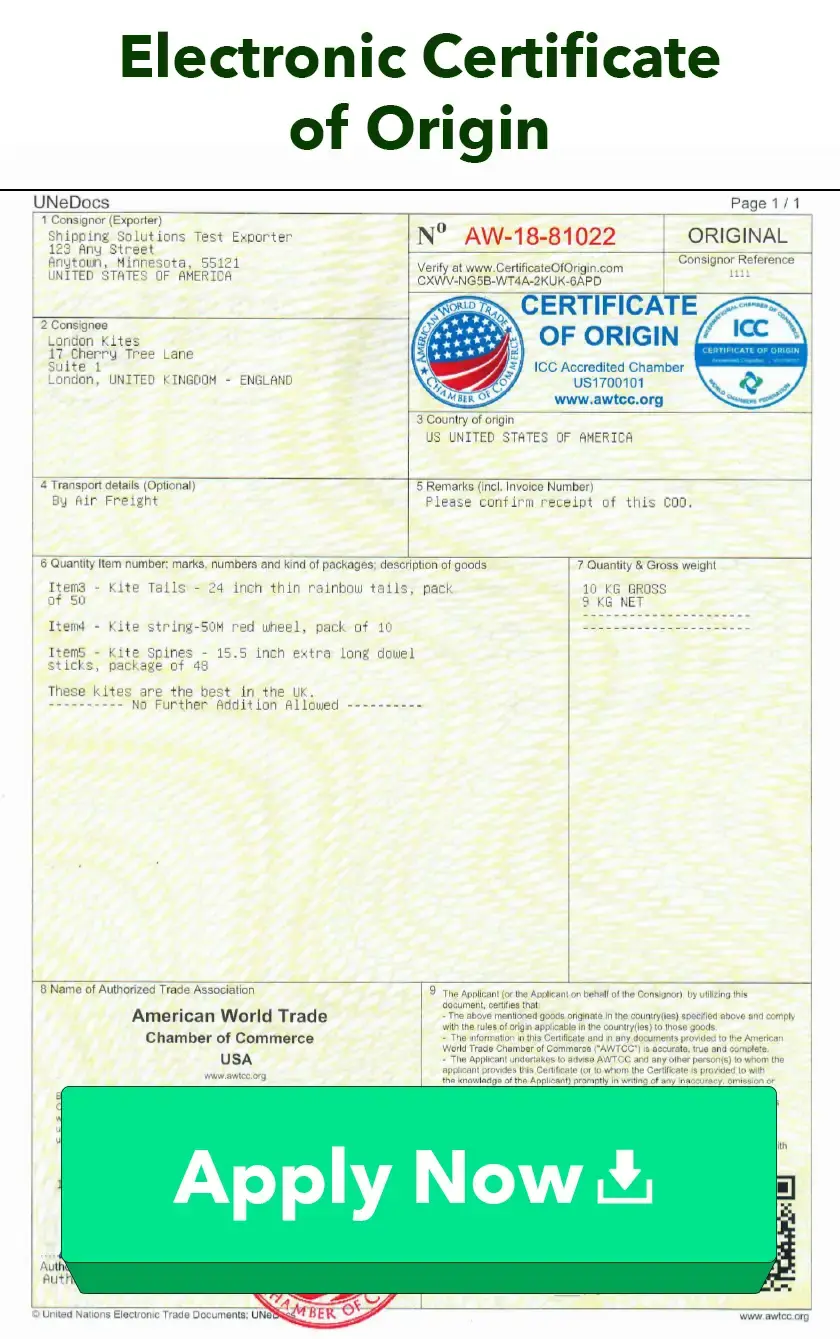
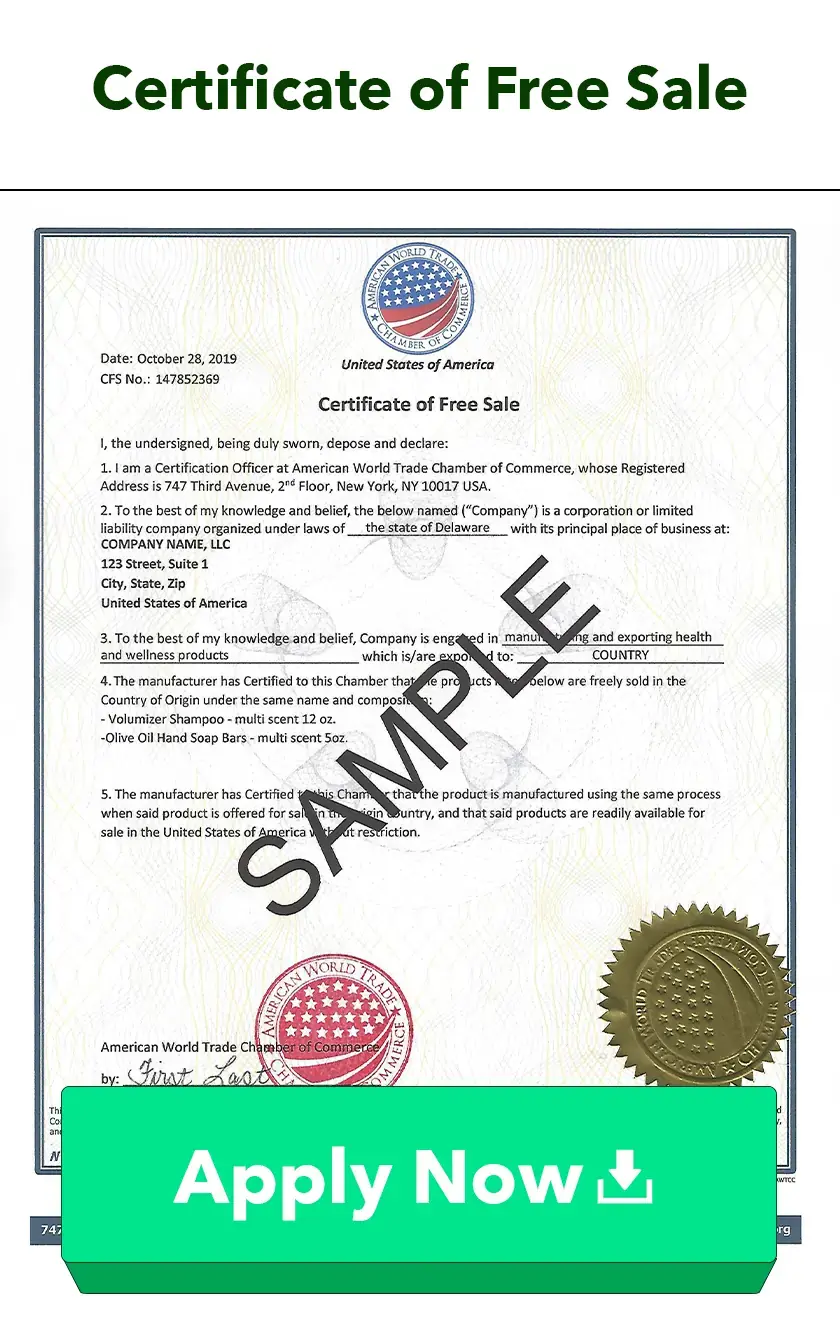
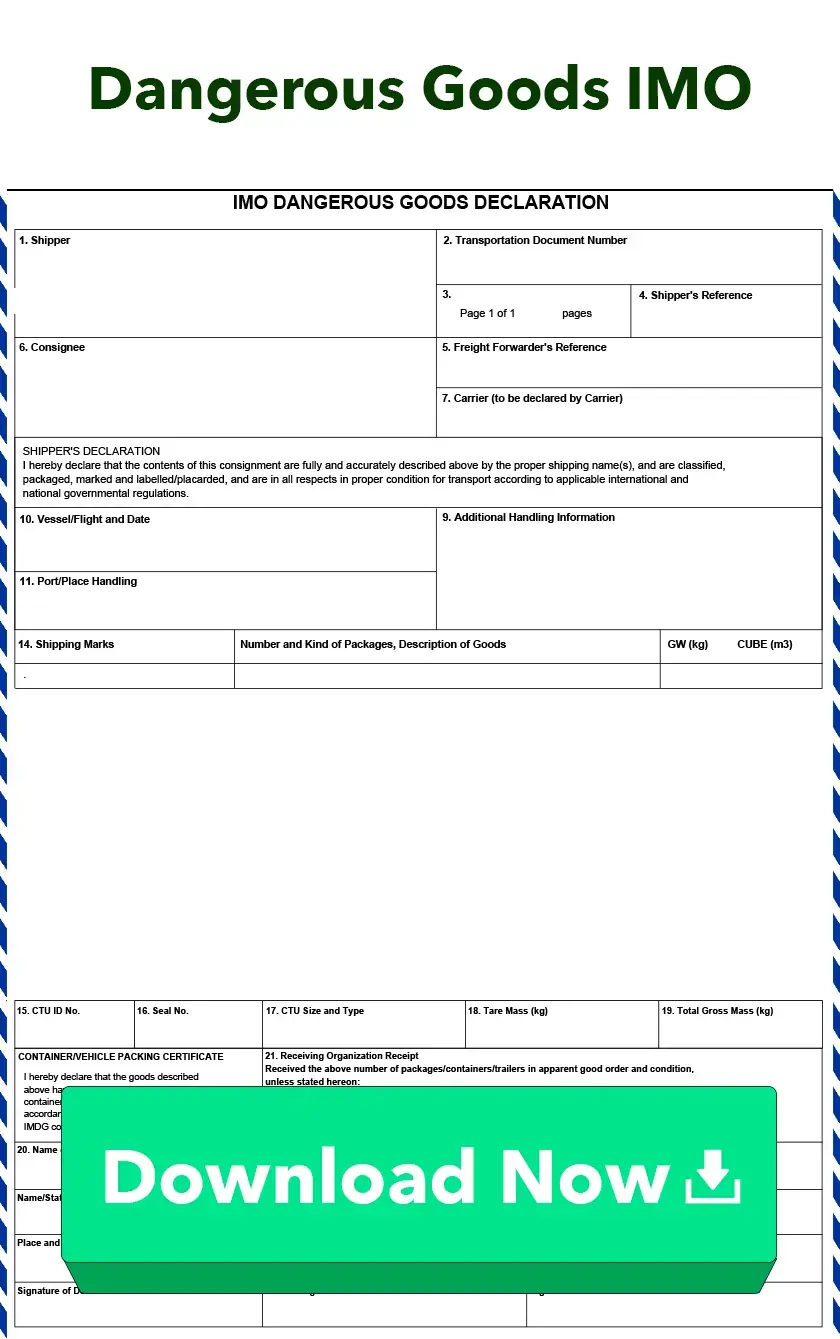
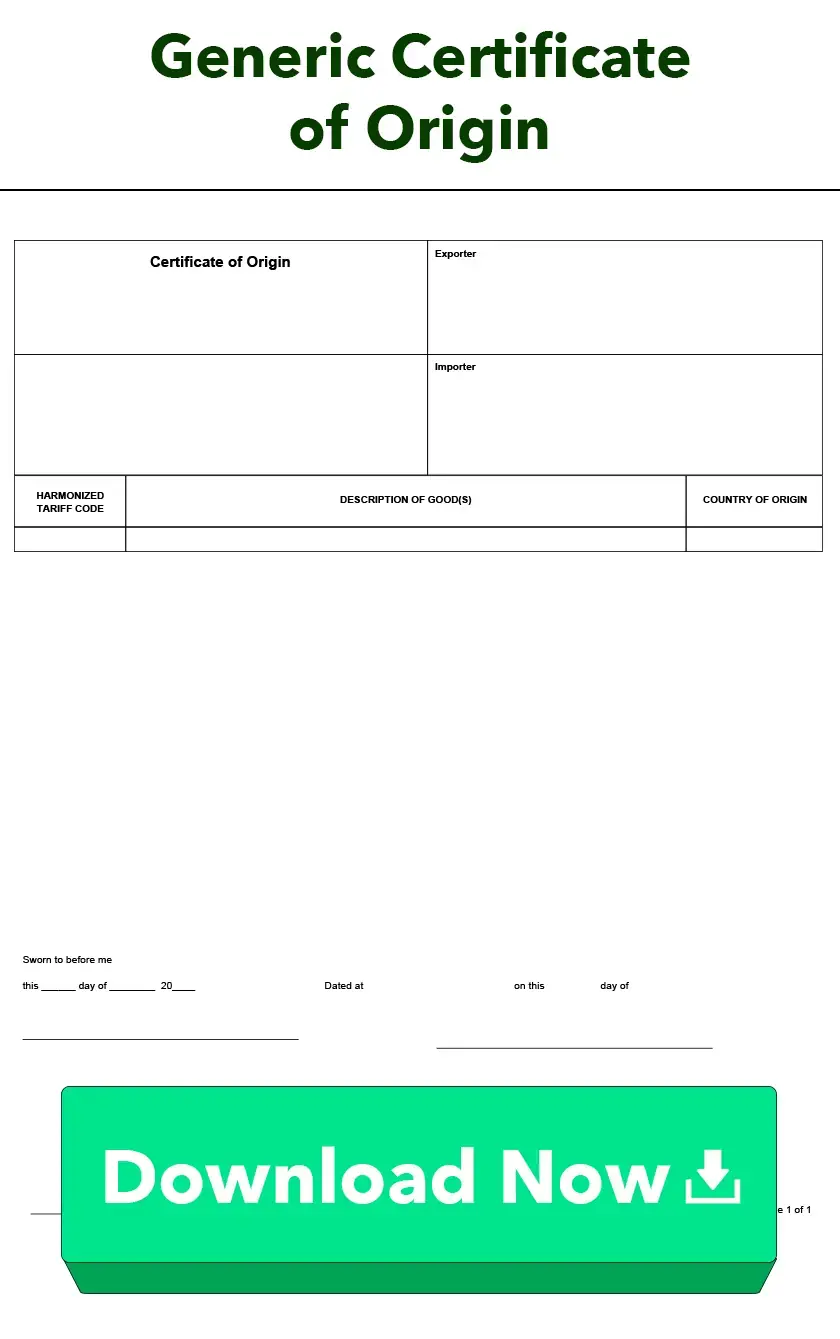
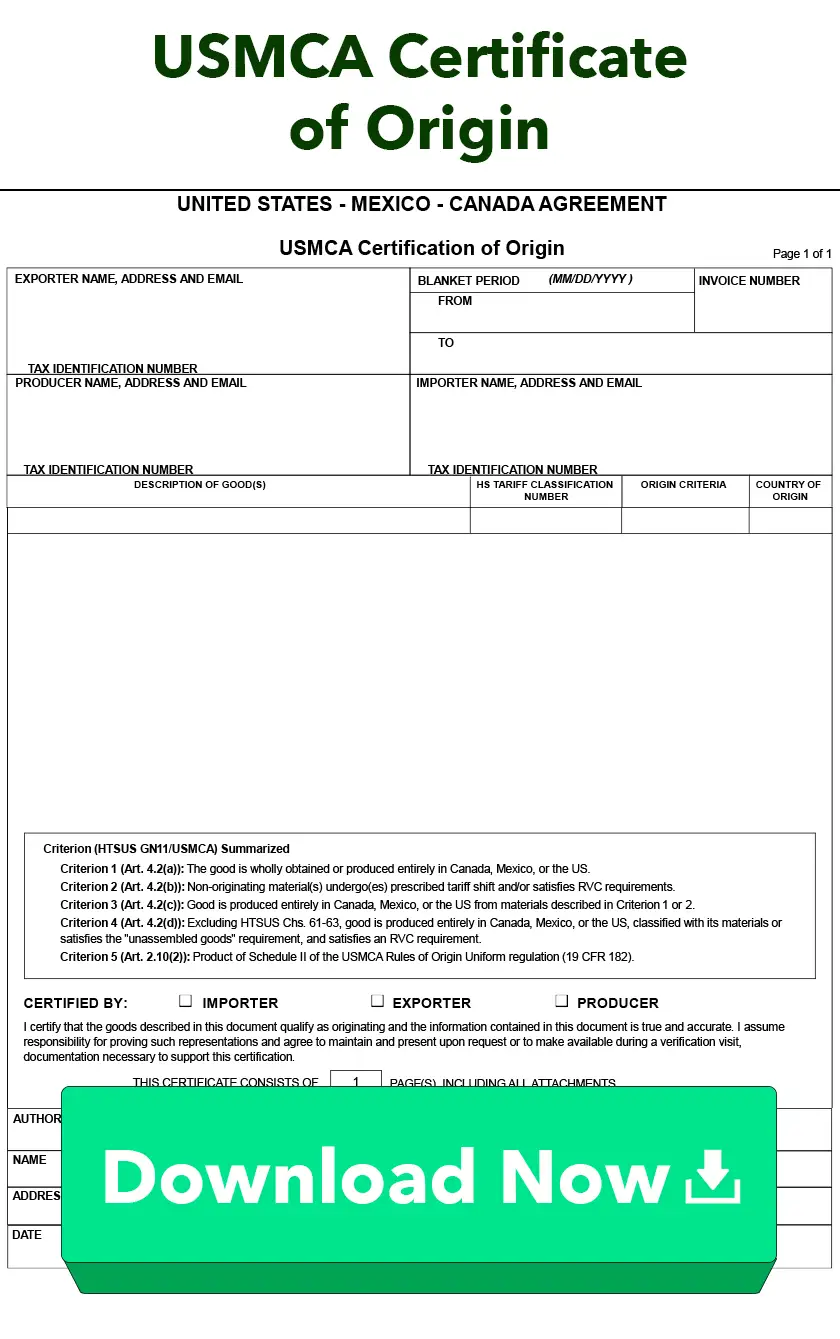
-13_101024.webp)
-14_101024.webp)

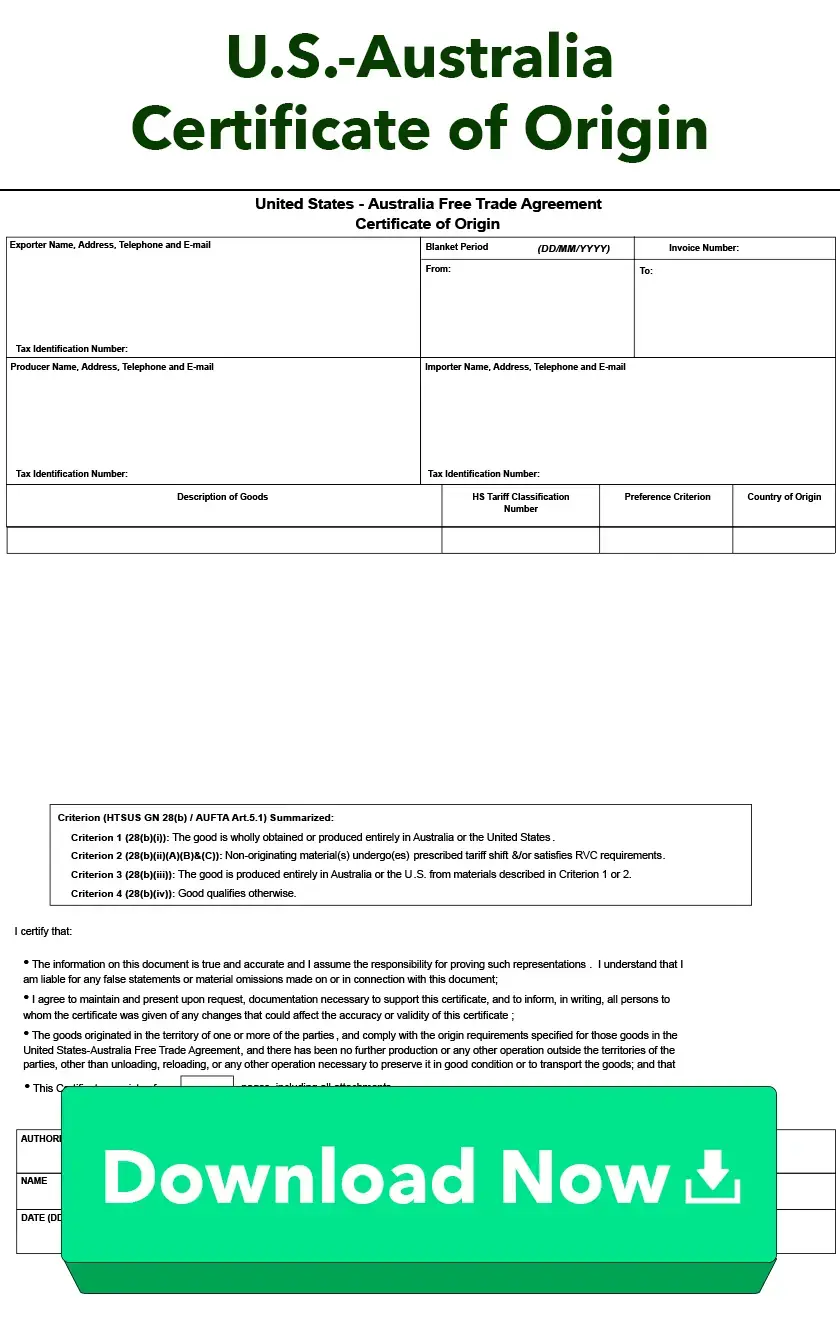
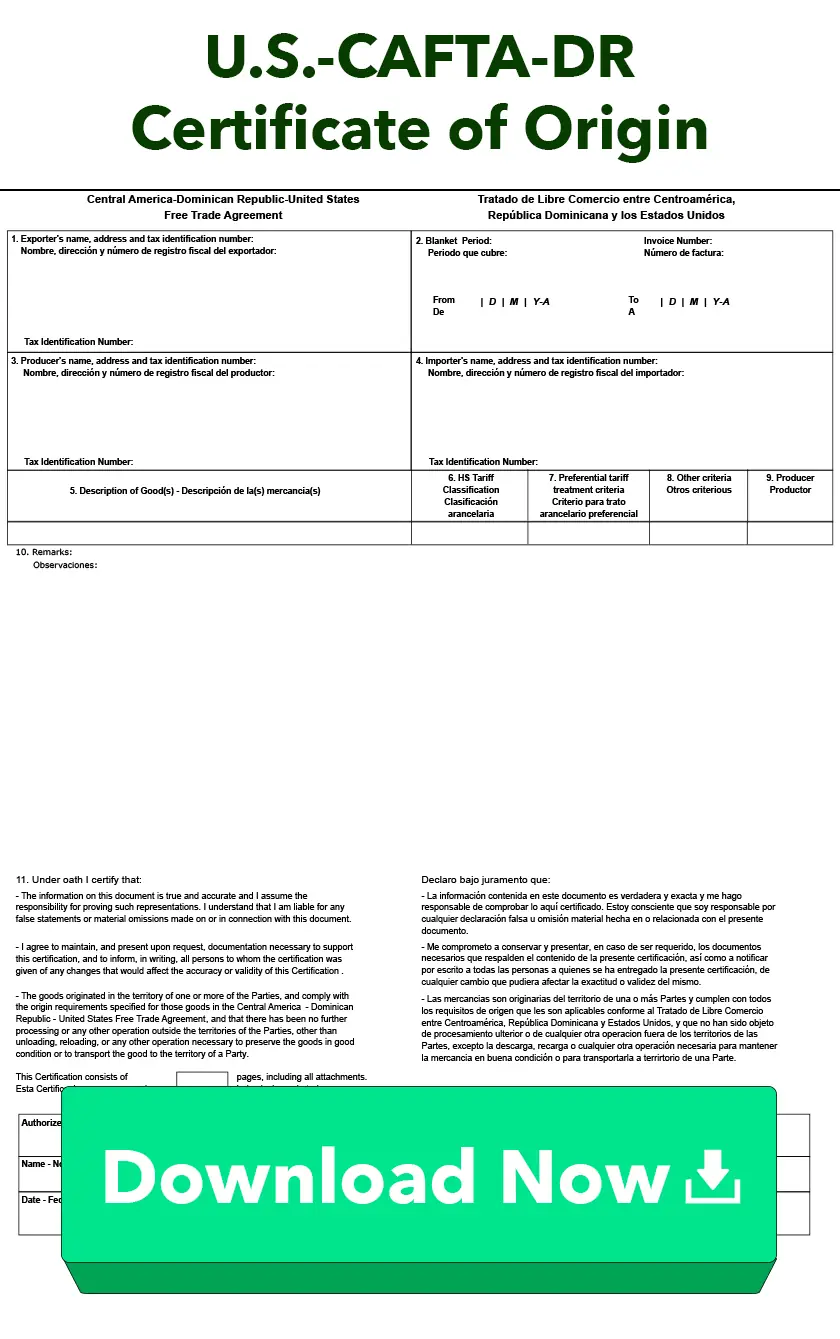
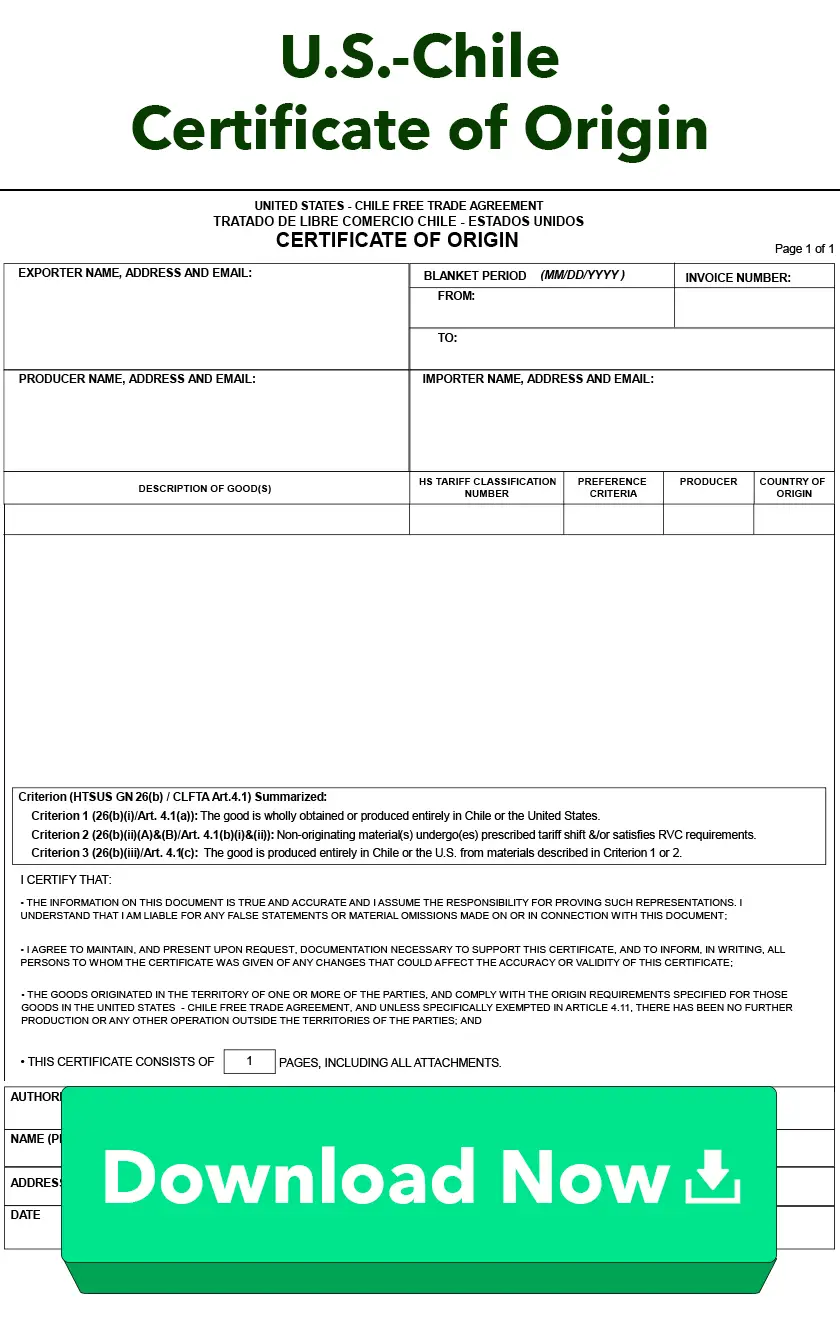
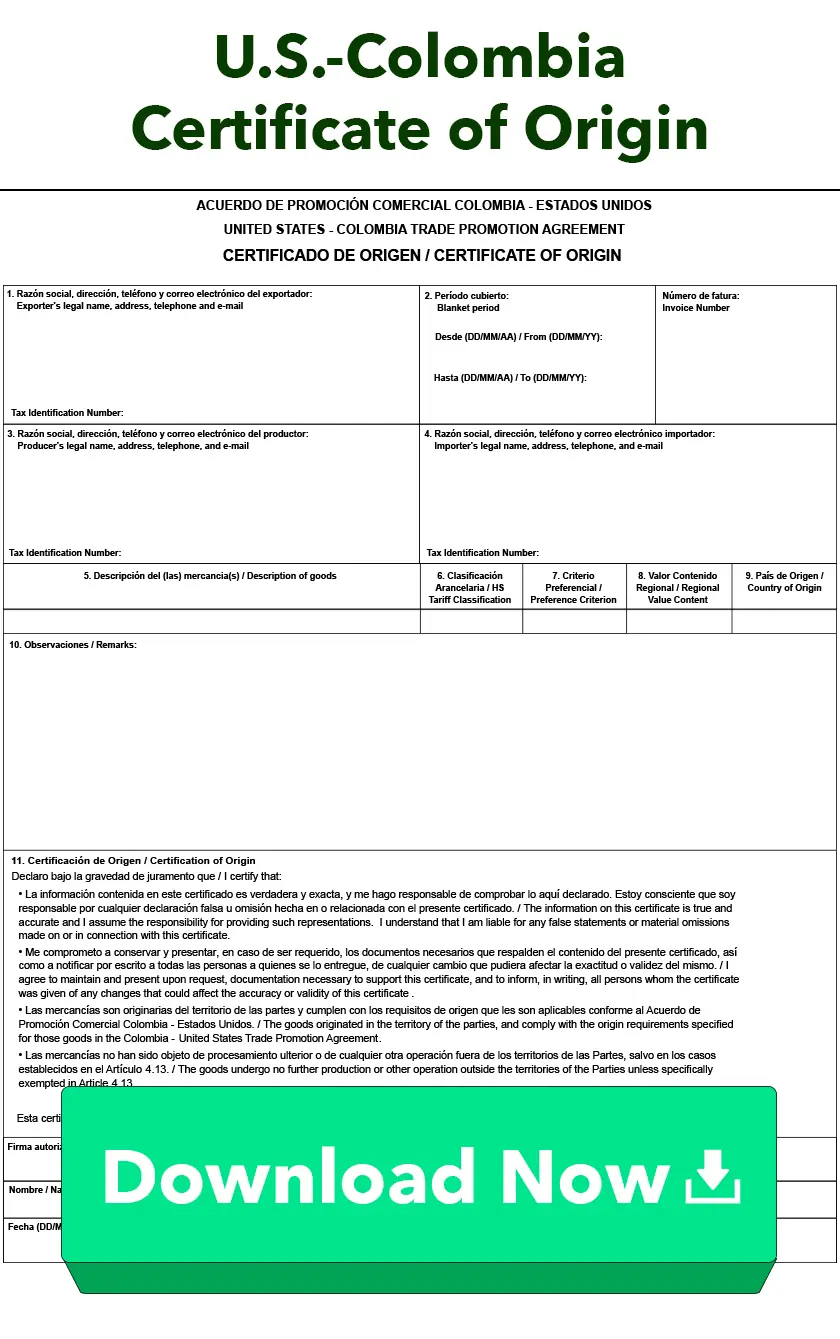
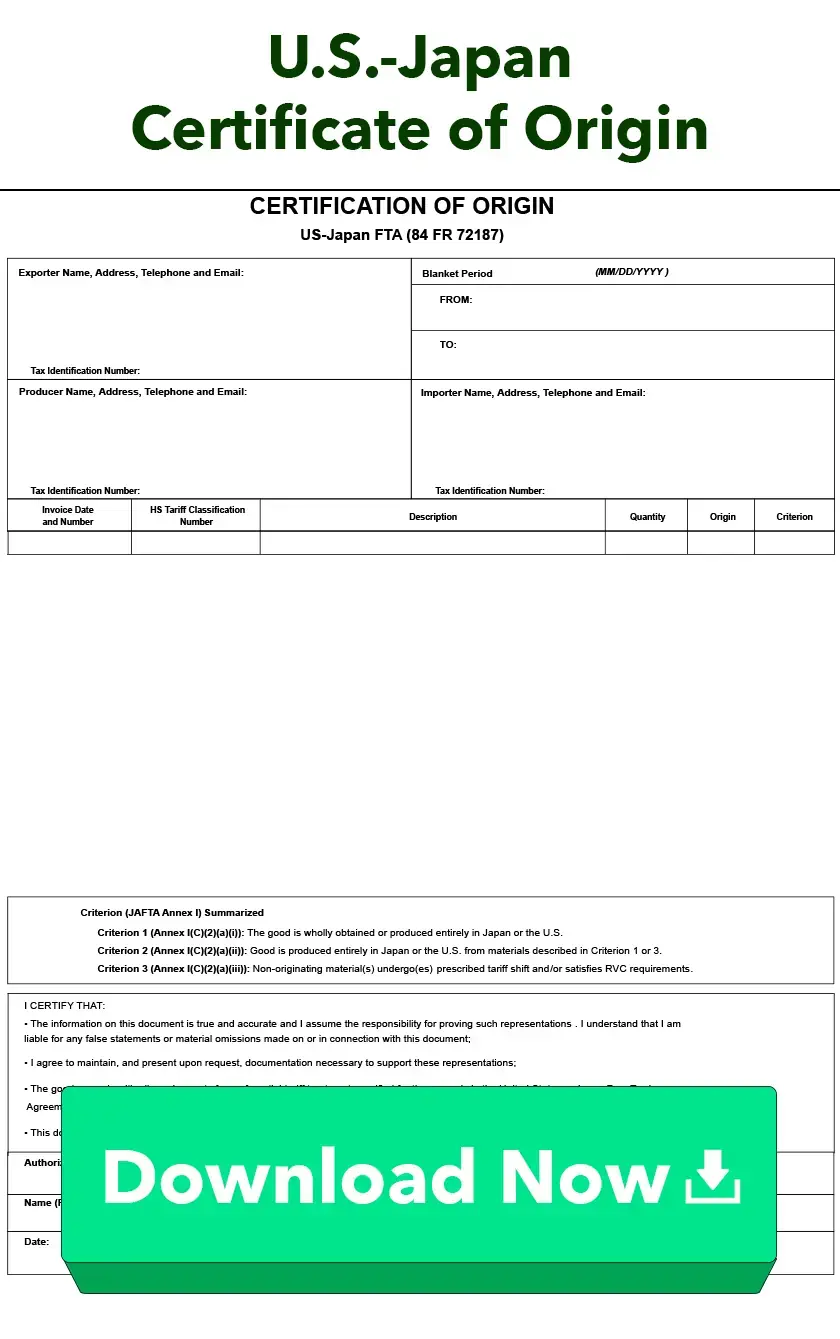
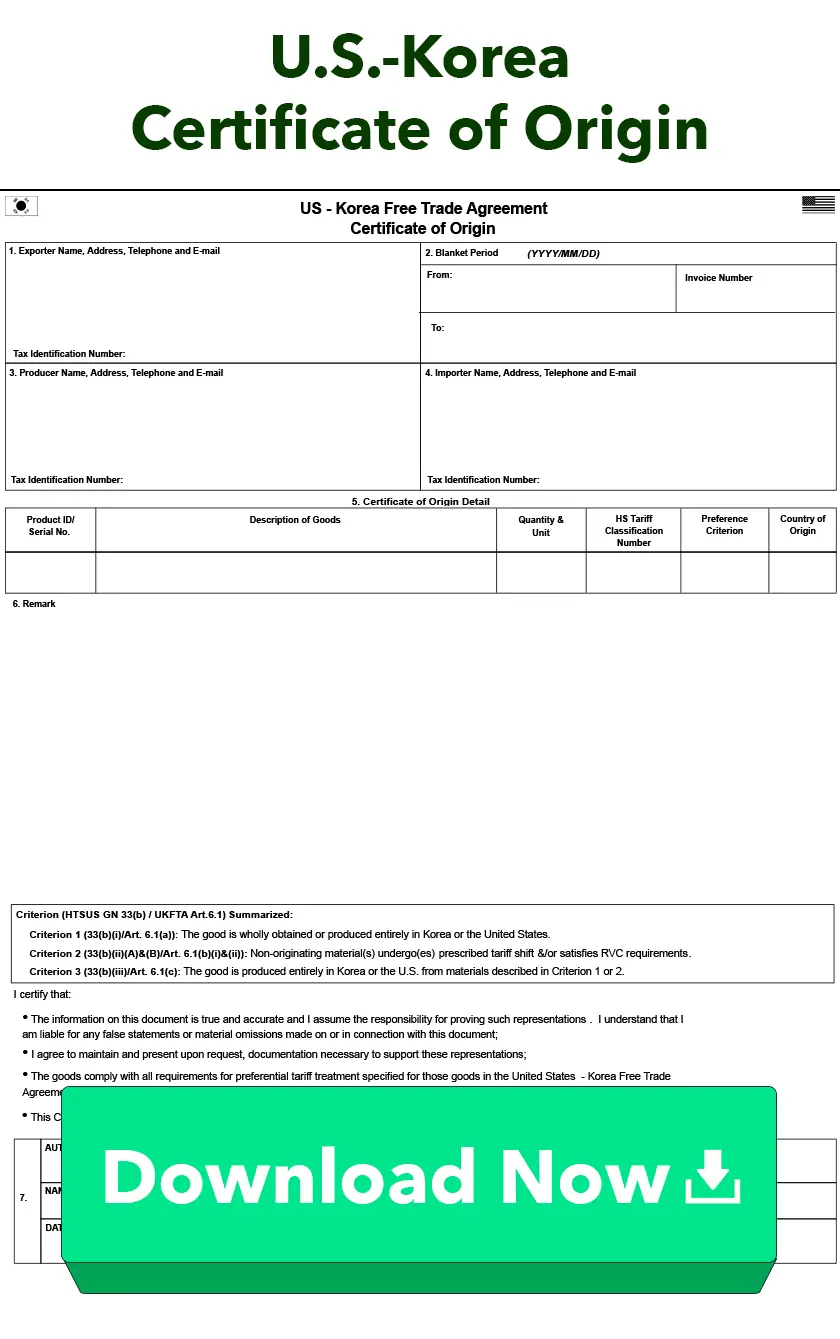
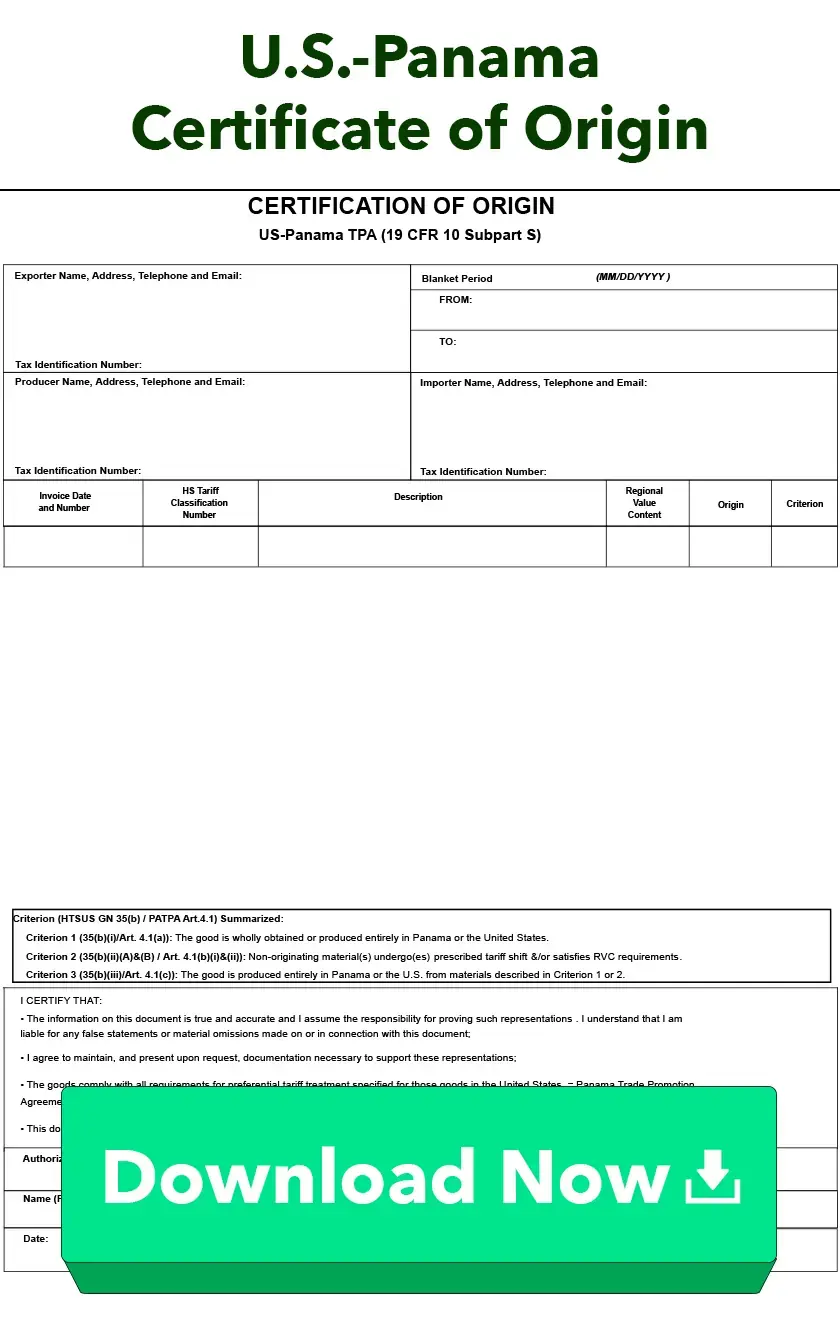
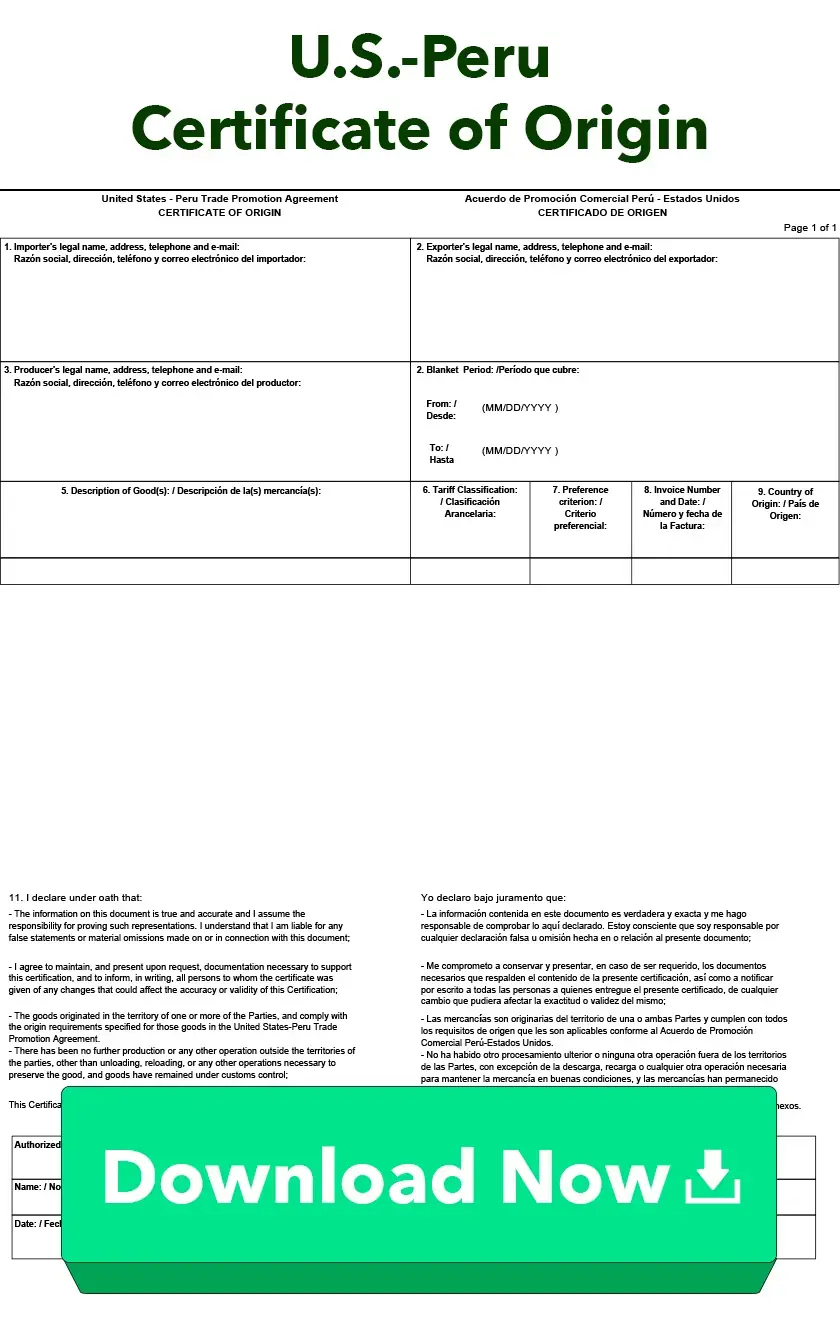
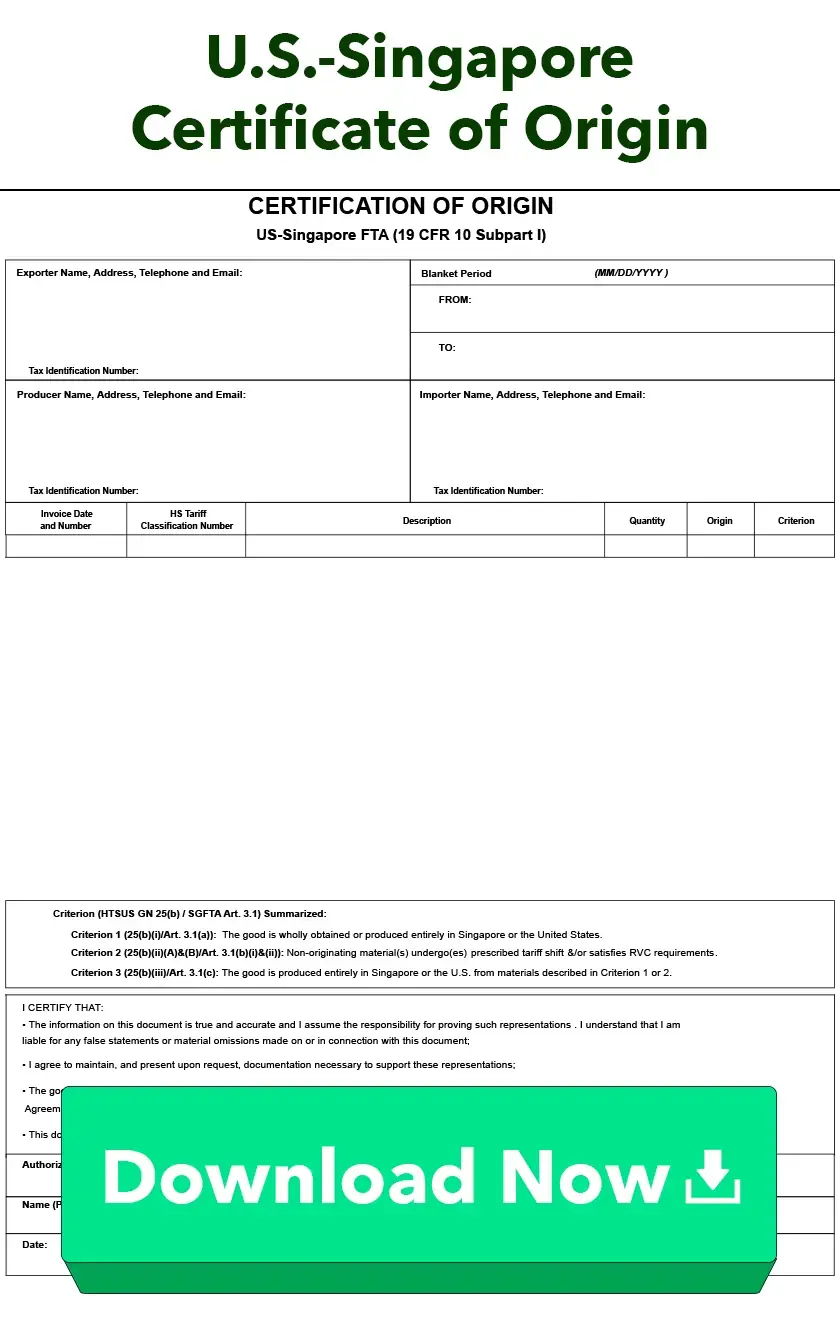
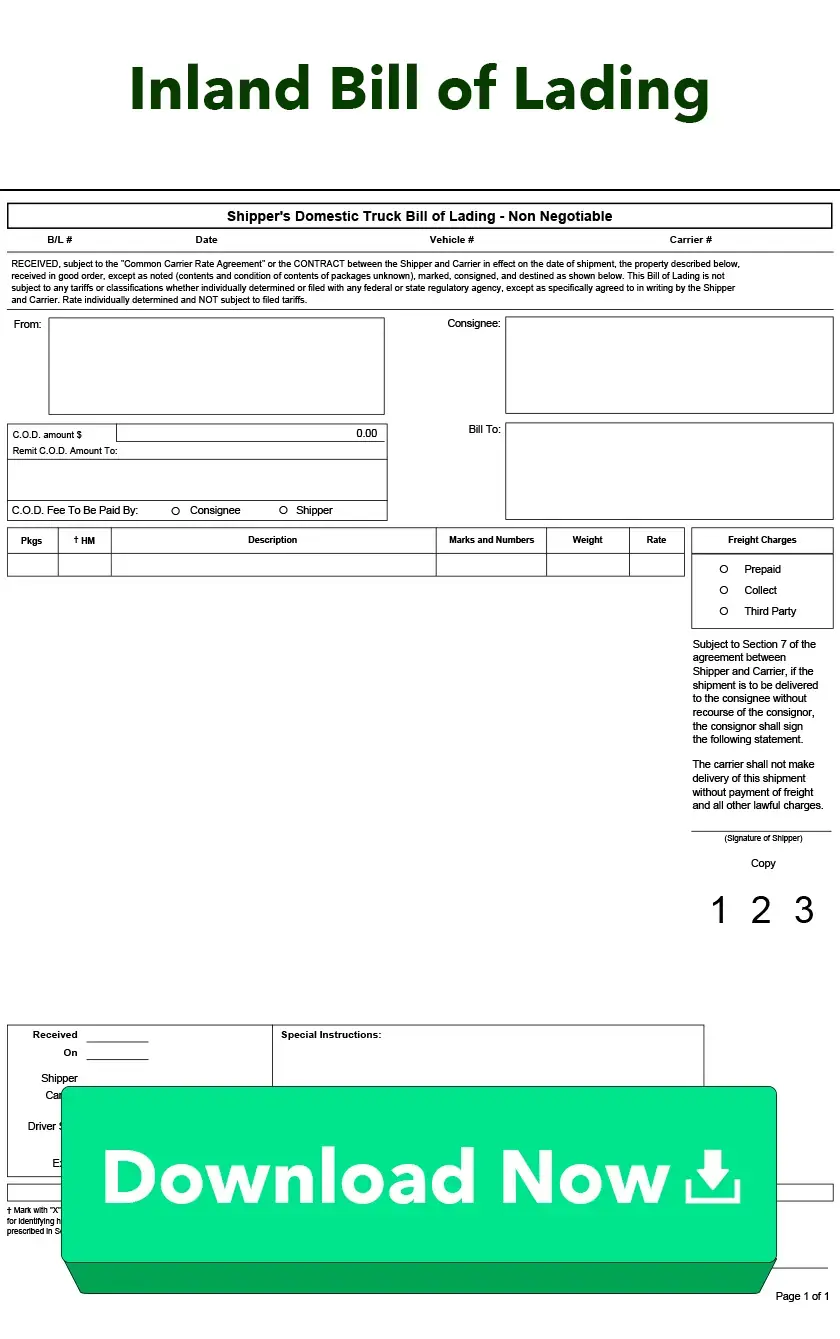
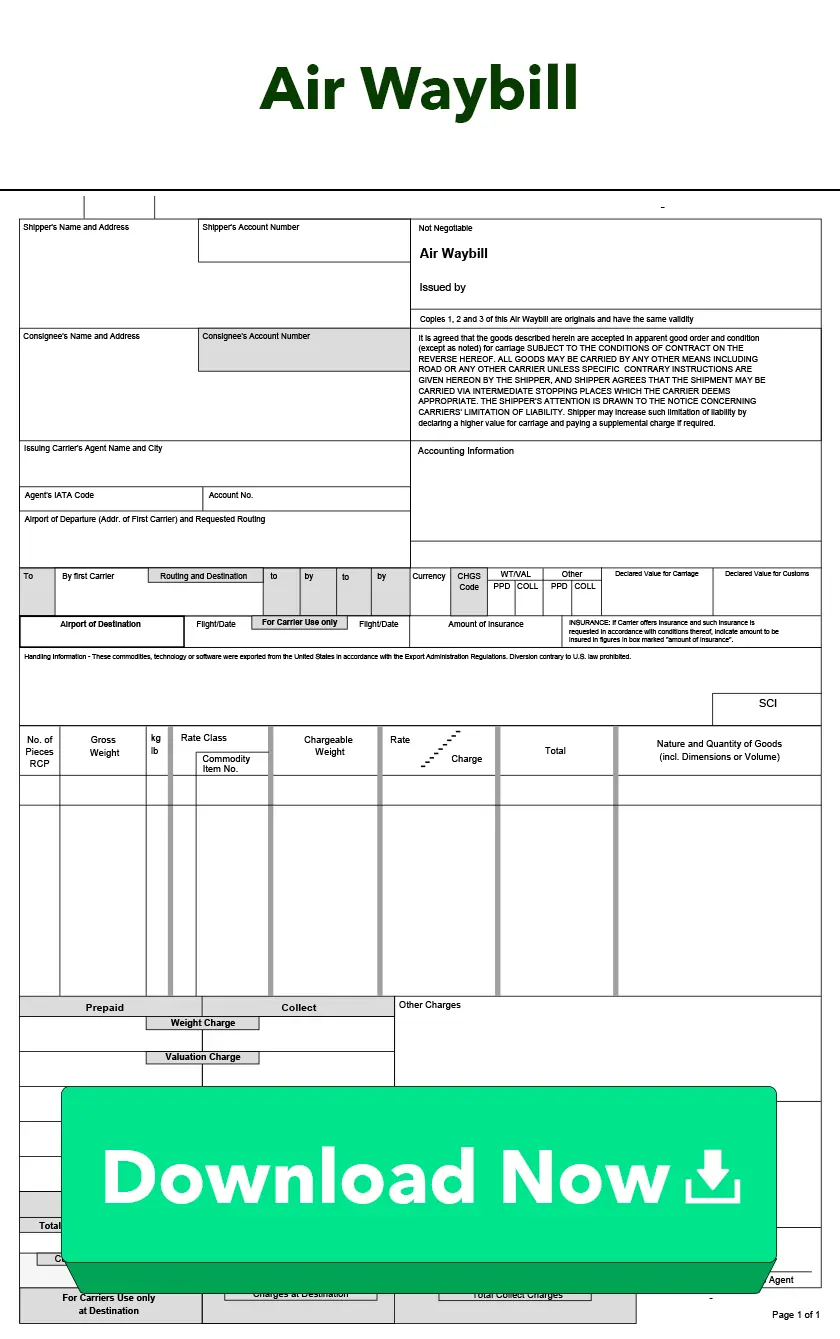
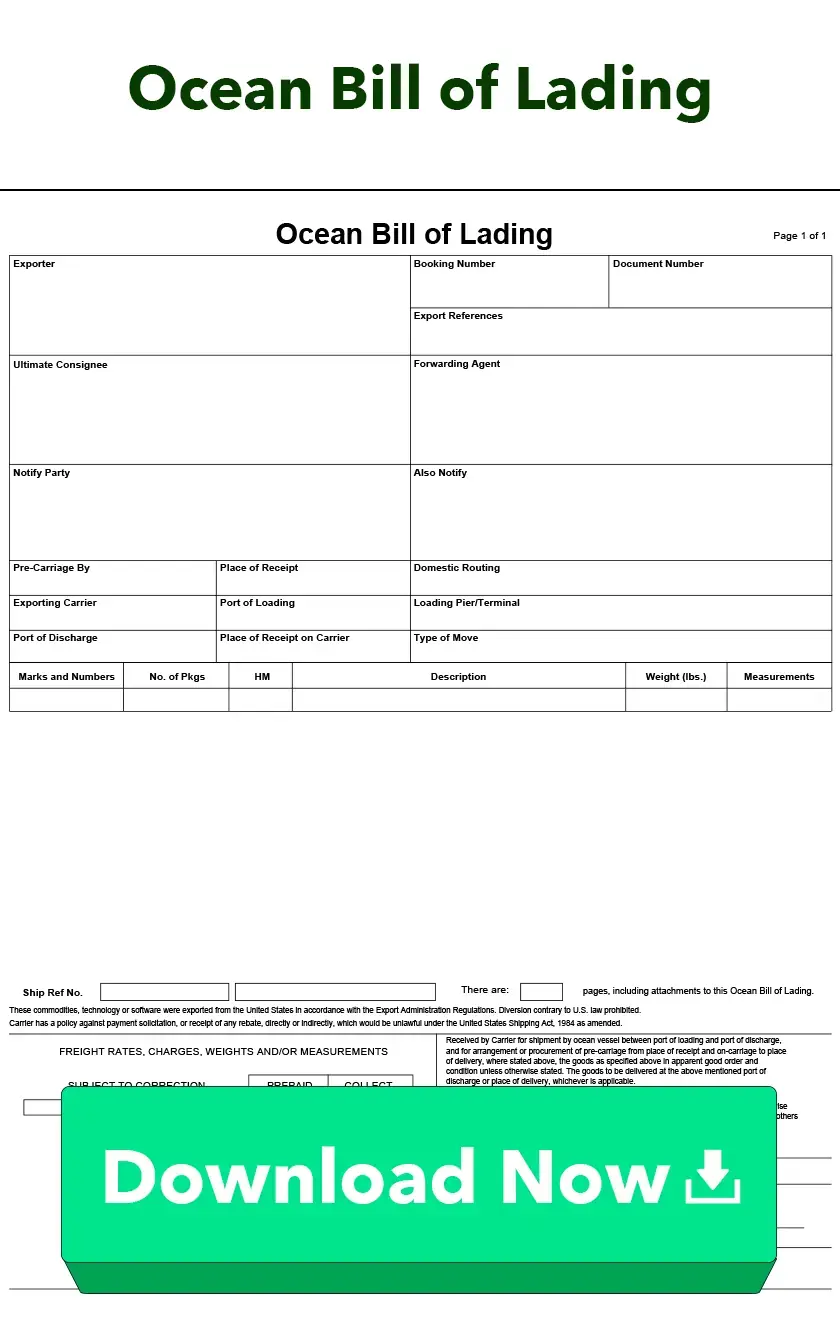
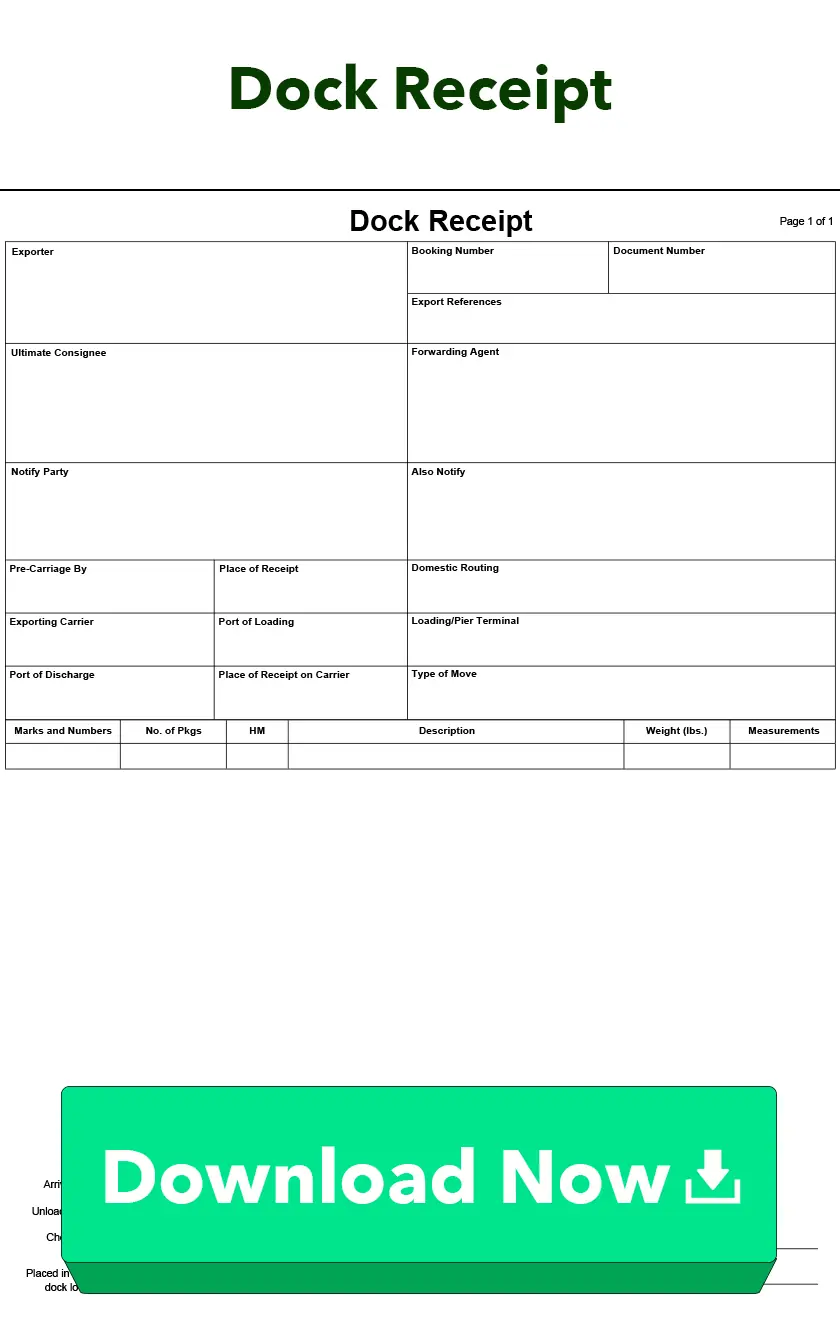
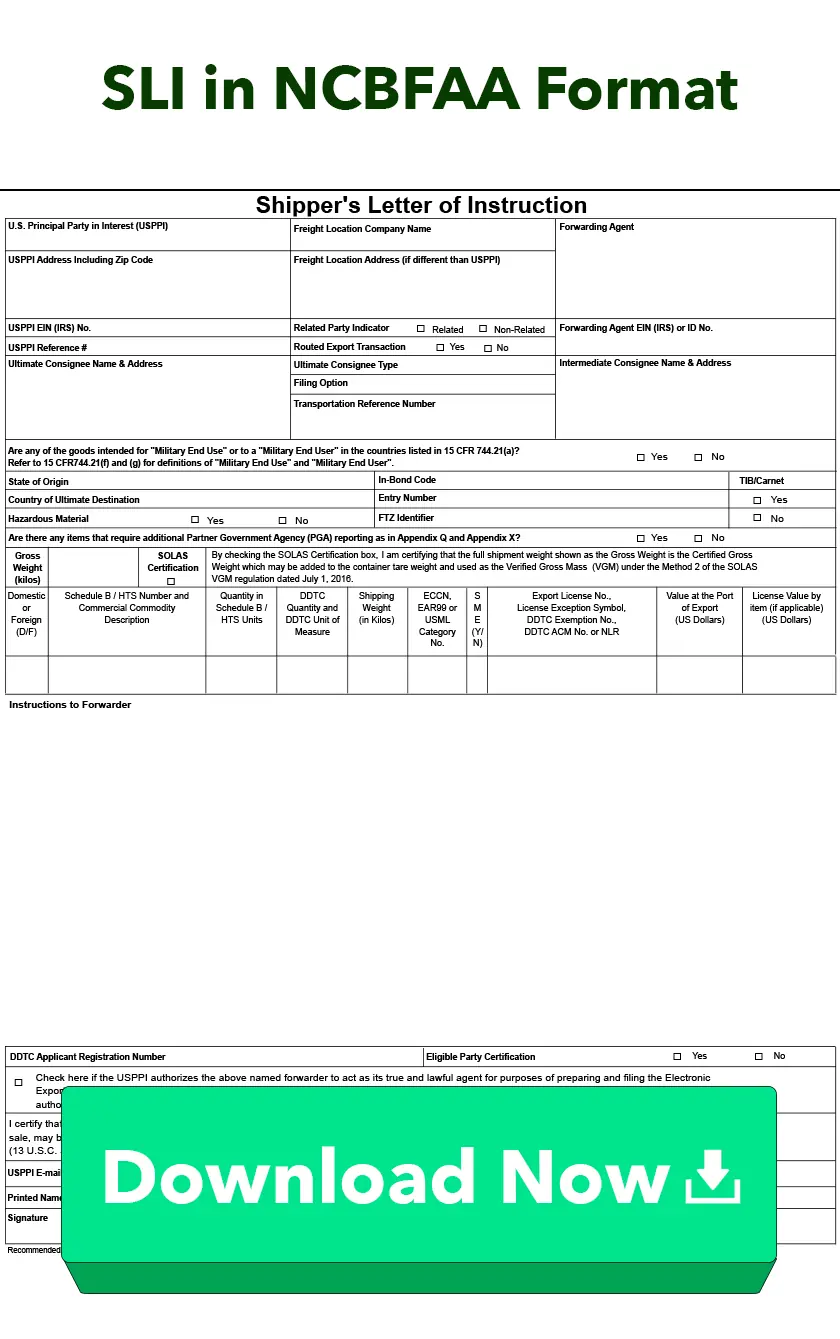
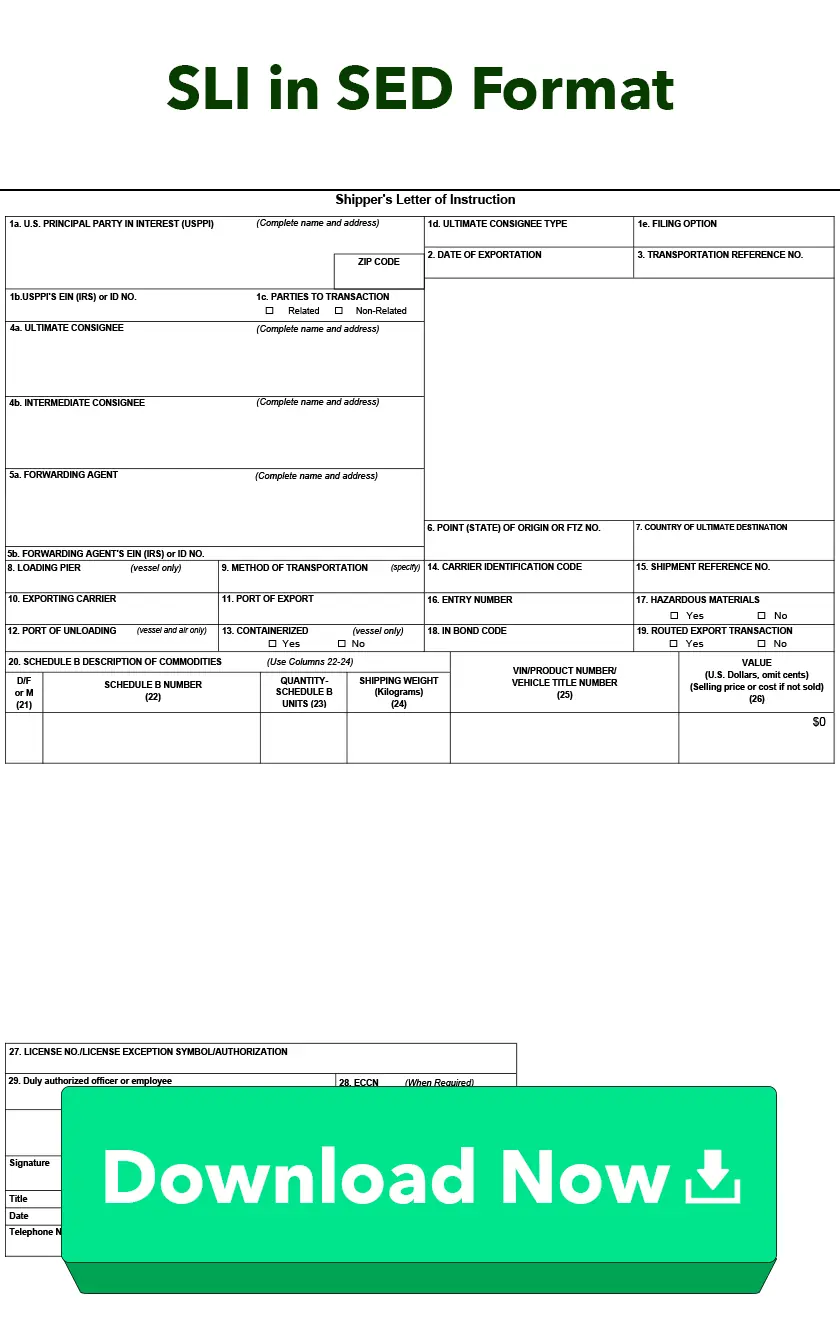
-20_101024.webp)
-24_101024.webp)
-25_101024.webp)
-27_101024.webp)
-28_101024.webp)
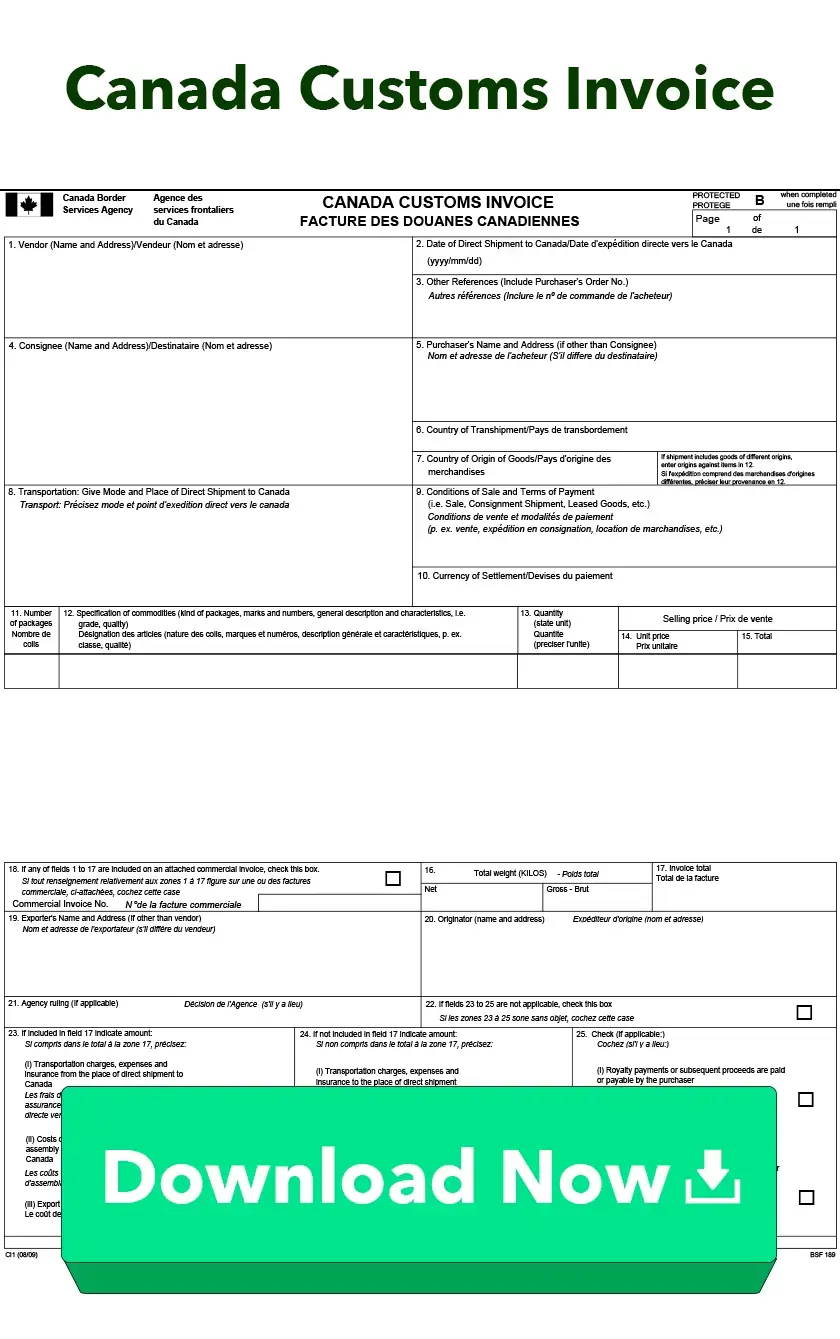
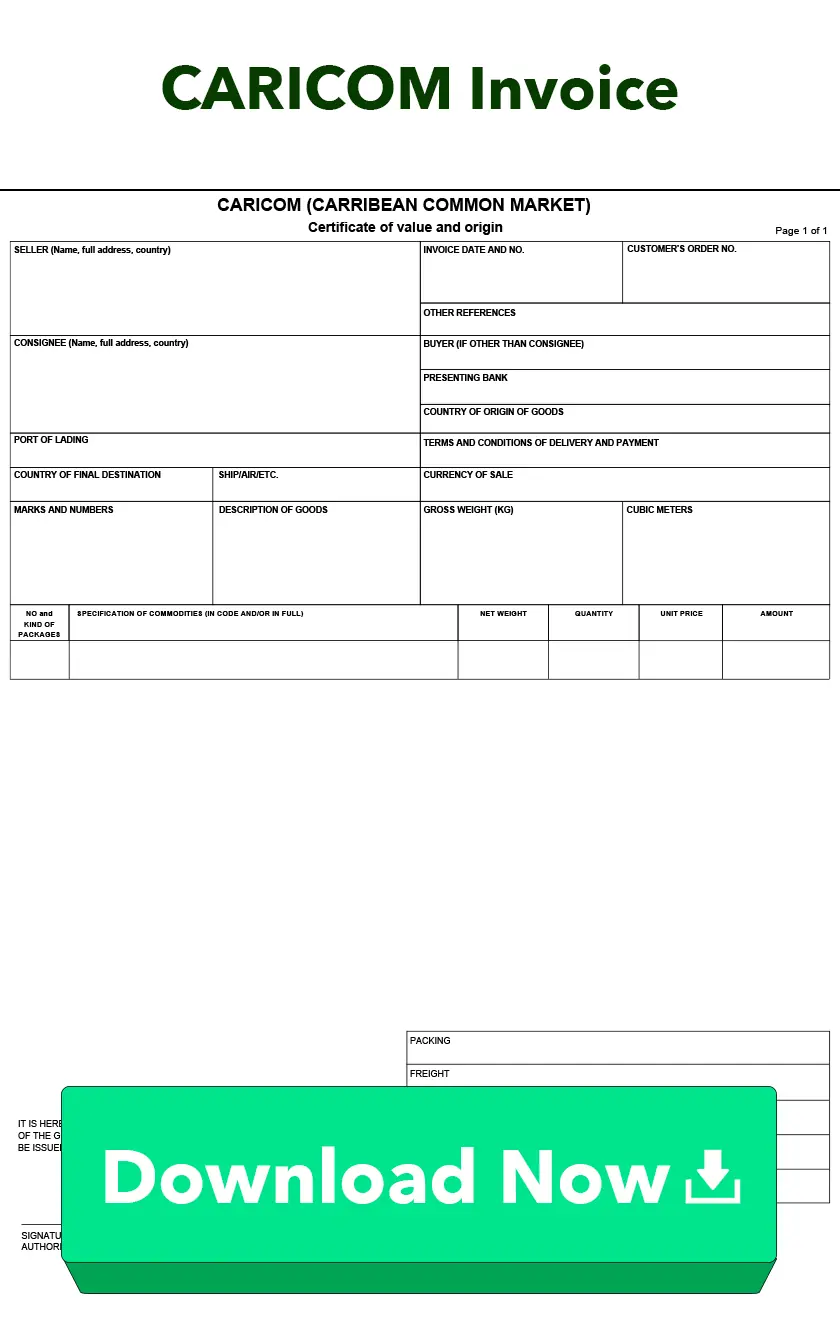
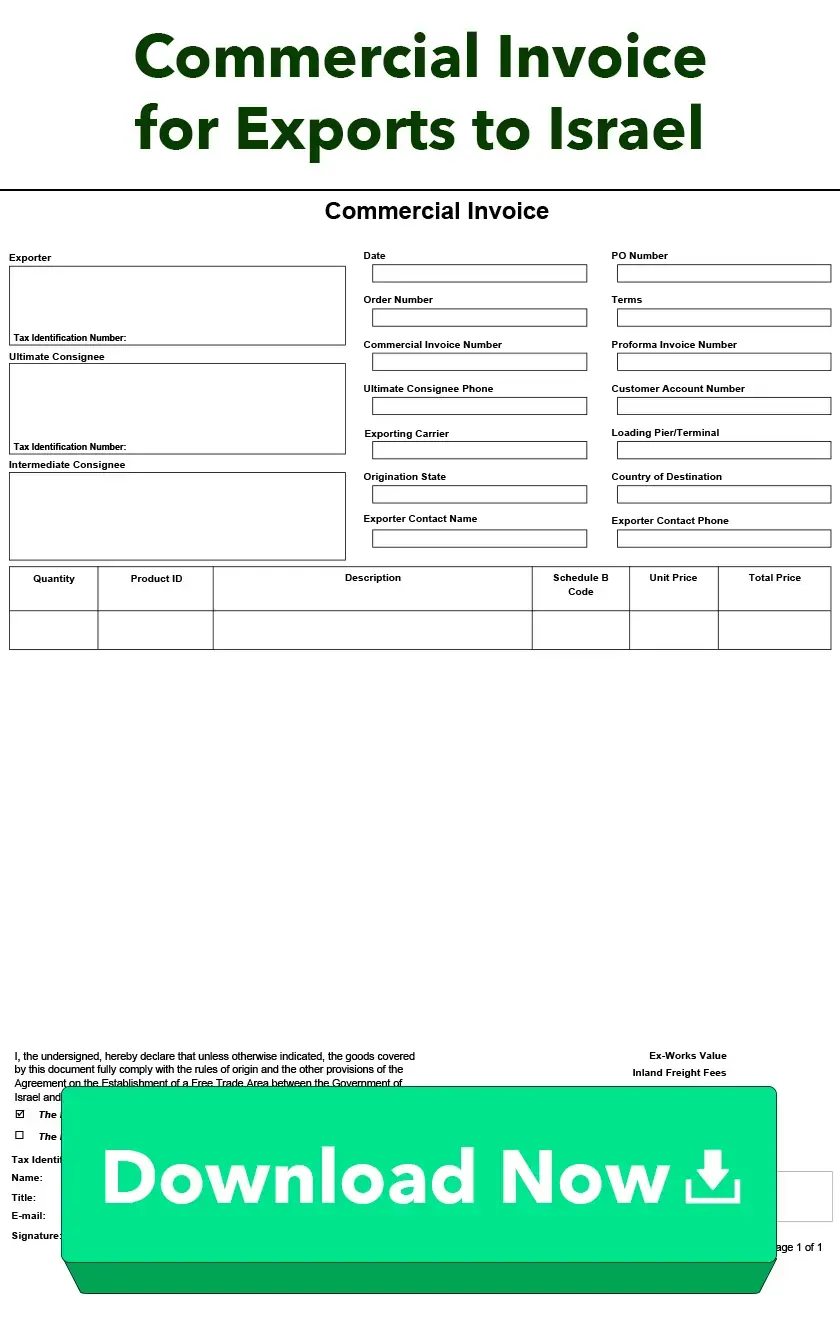
-32_101024.webp)
-33_101024.webp)
